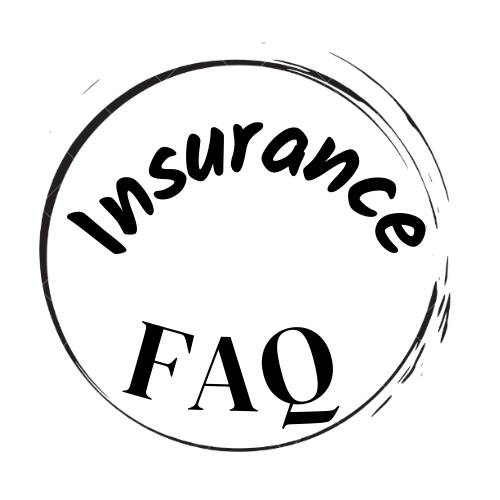Question: What does a homeowners insurance policy cover?
Short Answer:
A standard homeowners insurance policy typically covers damage to the insured property and its contents, as well as personal liability protection. This includes coverage for events such as fire, theft, and weather-related damages. However, coverage varies depending on the specific policy and may exclude certain types of events, such as earthquakes or floods. It is important to review your policy carefully and discuss any questions or concerns with your insurance provider.
Detailed Answer:
A homeowners insurance policy is a type of property insurance that provides coverage for your home and personal belongings. It’s an important form of protection for homeowners as it helps cover the costs of repairing or rebuilding your home and replacing your belongings in the event of a covered loss.
So, what exactly does a standard homeowners insurance policy cover? Firstly, it covers the physical structure of your home, including the walls, roof, and any attached structures like garages or sheds. This coverage applies whether your home is damaged by events like fire, wind, hail, or theft.
In addition to covering the physical structure of your home, homeowners insurance also provides coverage for your personal belongings. This includes items like furniture, clothing, electronics, and other valuables. The coverage for personal belongings typically applies whether the items are damaged or destroyed at home, or if they are stolen while away from your home.
Home Insurance includes Personal Liability Protection
Another key component of homeowners insurance is personal liability protection. This coverage provides financial protection in the event you are sued for damages or injury that occurs on your property. For example, if someone were to trip and fall on your property and sue you for medical expenses, personal liability coverage would help cover the cost of their medical bills, as well as any legal fees you might incur in defending yourself.
It’s important to note that not all homeowners insurance policies are created equal. Coverage can vary greatly between policies, and it’s important to understand what your policy covers, as well as what it doesn’t cover. For example, while most policies provide coverage for natural disasters like wind and hail, they may not provide coverage for events like earthquakes or floods. These types of perils may require additional coverage in the form of an endorsement or separate policy.
Limits and Deductibles
Another important consideration is the policy’s limits and deductibles. Limits refer to the maximum amount the insurance company will pay out for a covered claim. If the cost of the damage exceeds the policy’s limits, you’ll be responsible for covering the difference. Deductibles, on the other hand, are the amount you’ll need to pay out of pocket before your insurance kicks in. For example, if you have a $1,000 deductible and your home sustains $10,000 worth of damage, you’ll be responsible for paying the first $1,000 and the insurance company will pay the remaining $9,000.
In conclusion, a homeowners insurance policy is a vital form of protection for homeowners. It provides coverage for your home and personal belongings, as well as personal liability protection. However, it’s important to understand what your policy covers, as well as what it doesn’t cover, and to review your policy regularly to ensure that it continues to meet your needs. If you have any questions or concerns about your policy, be sure to speak with your insurance provider.


